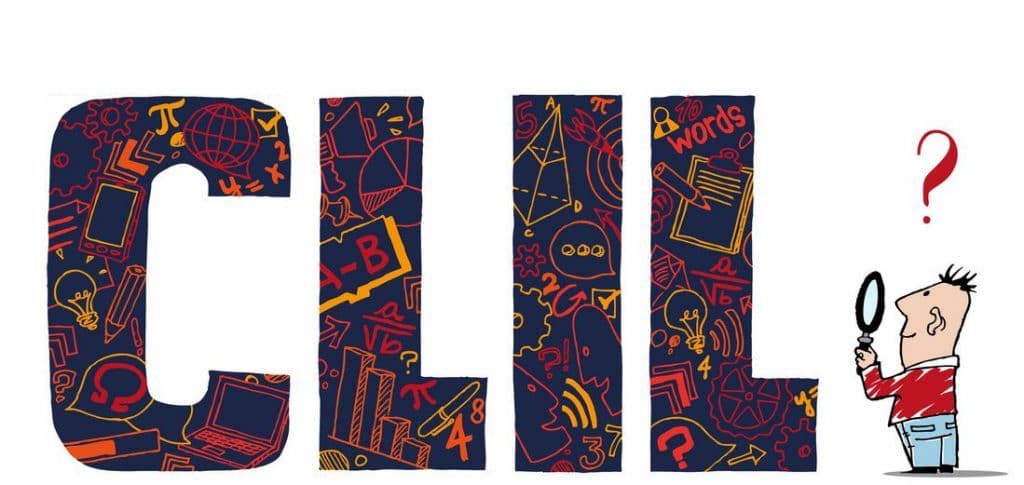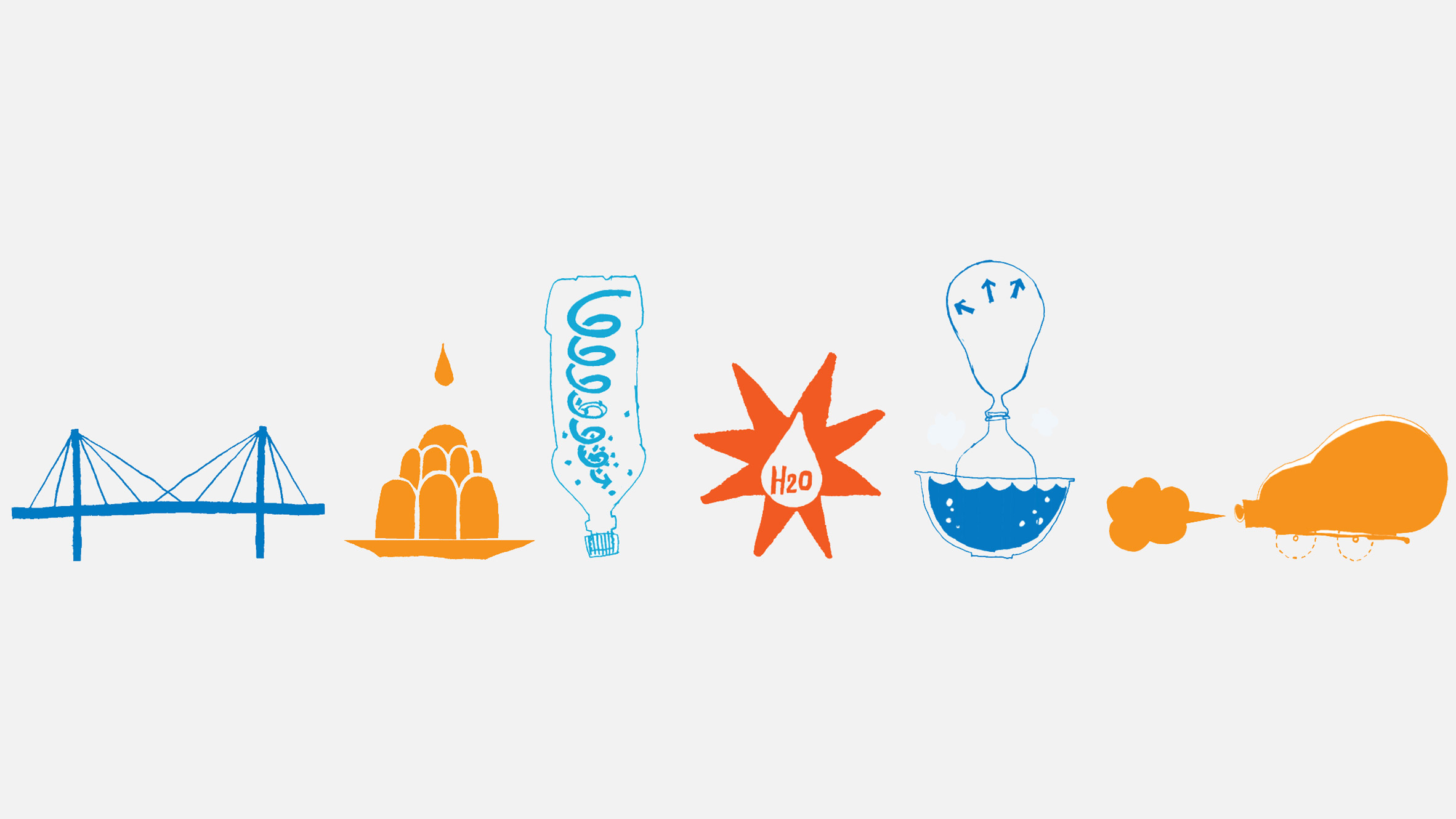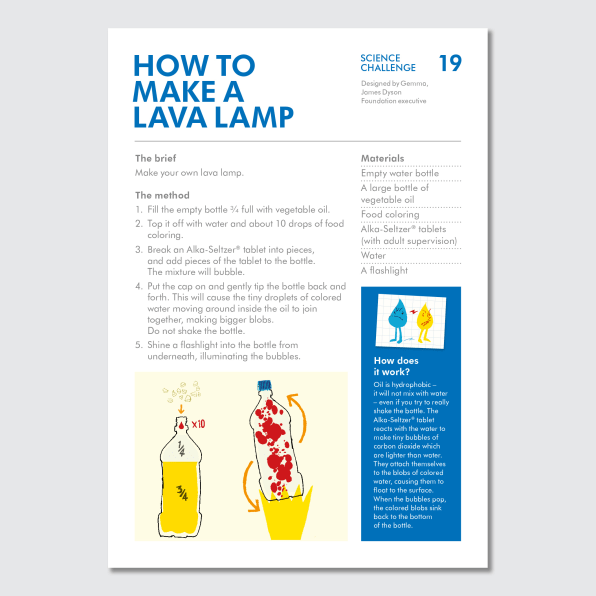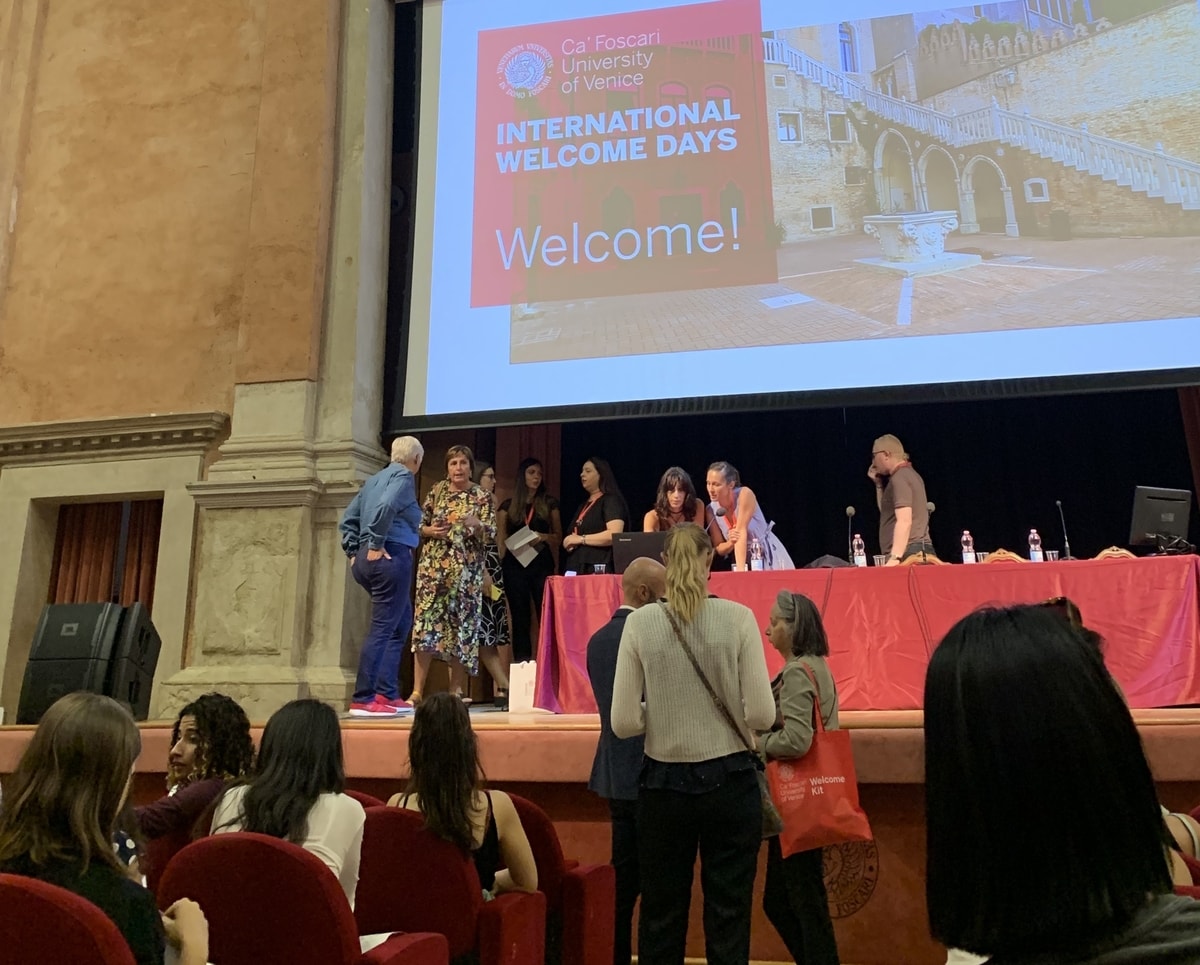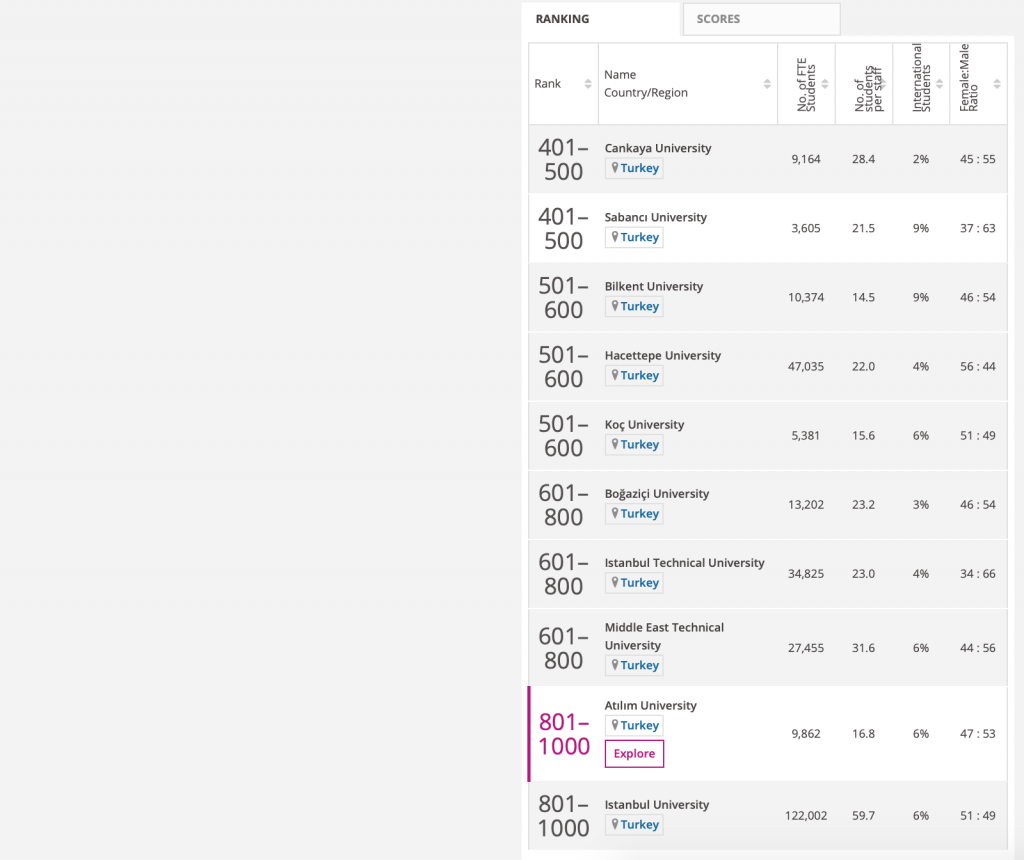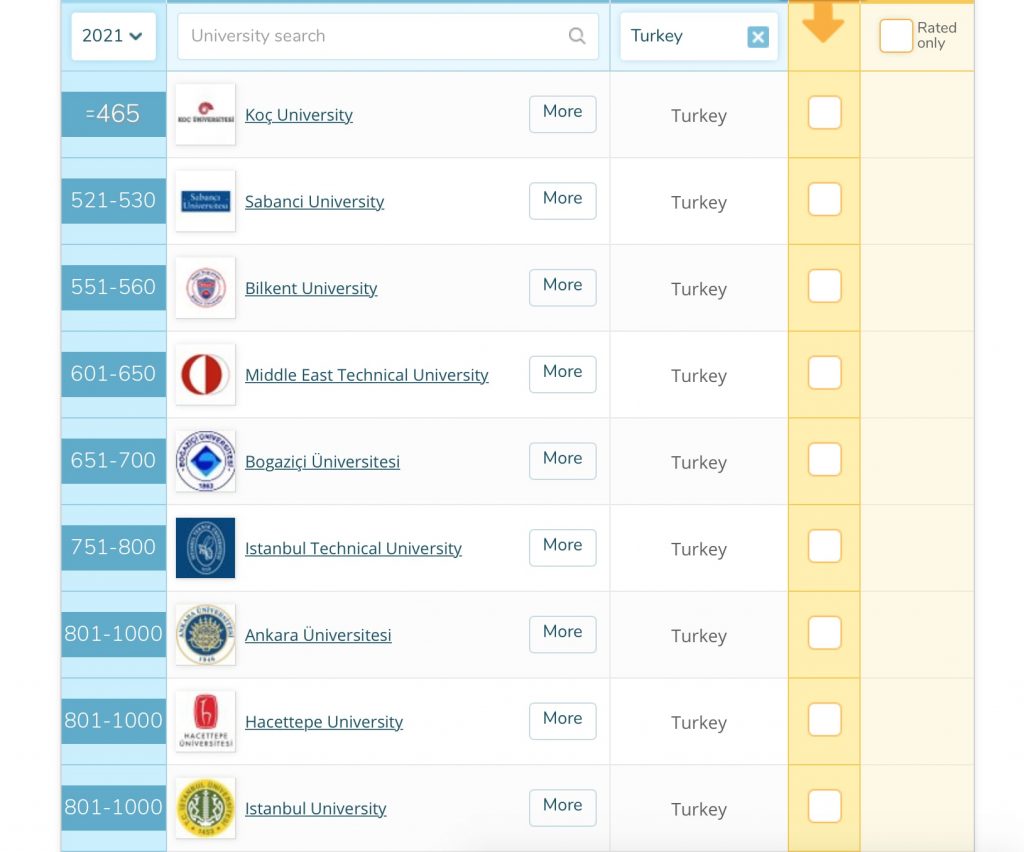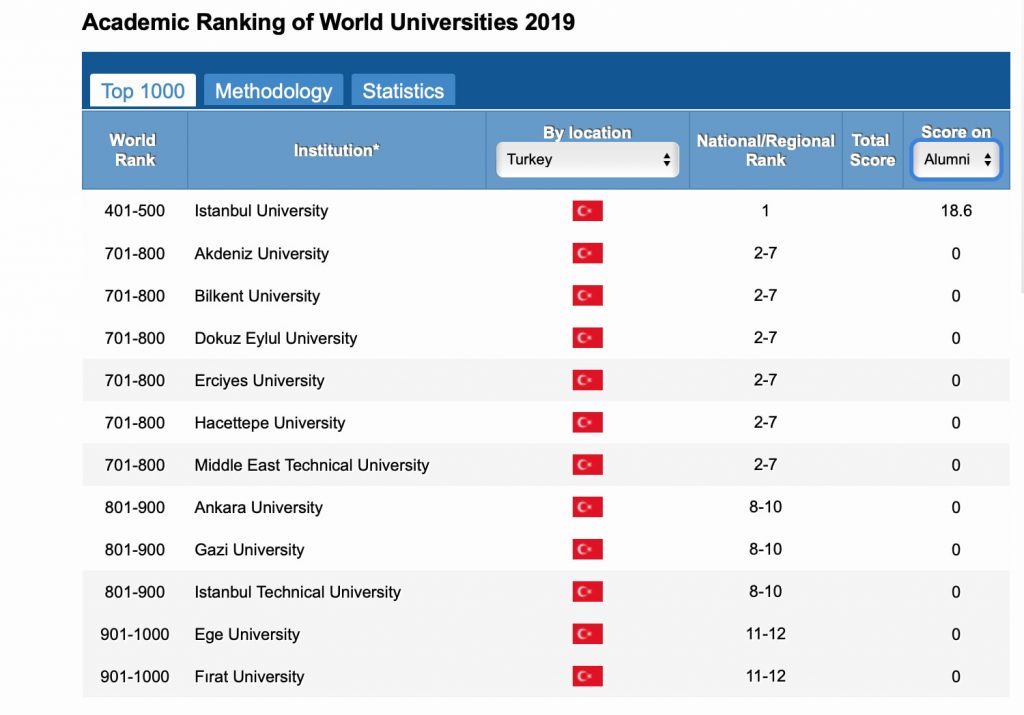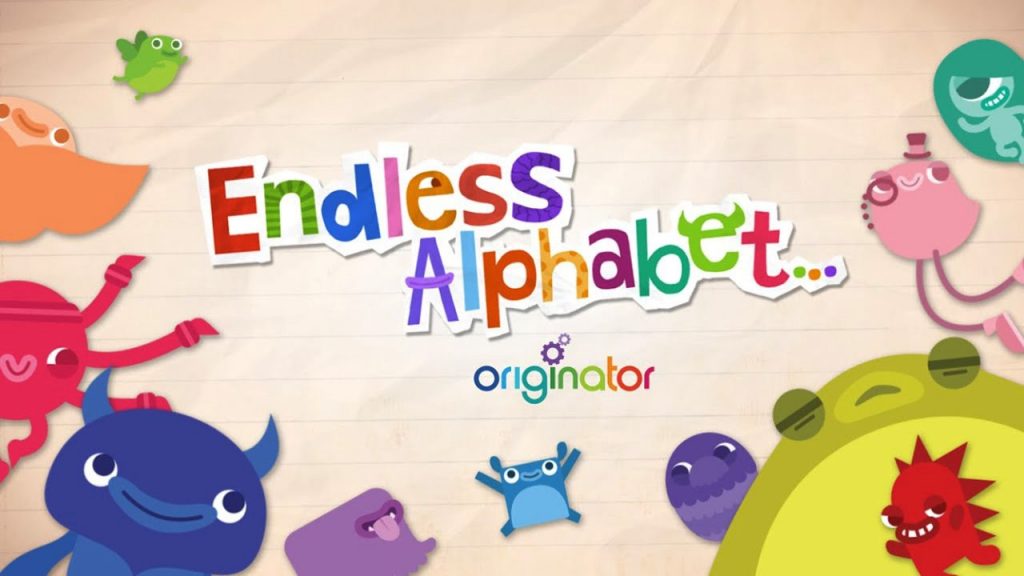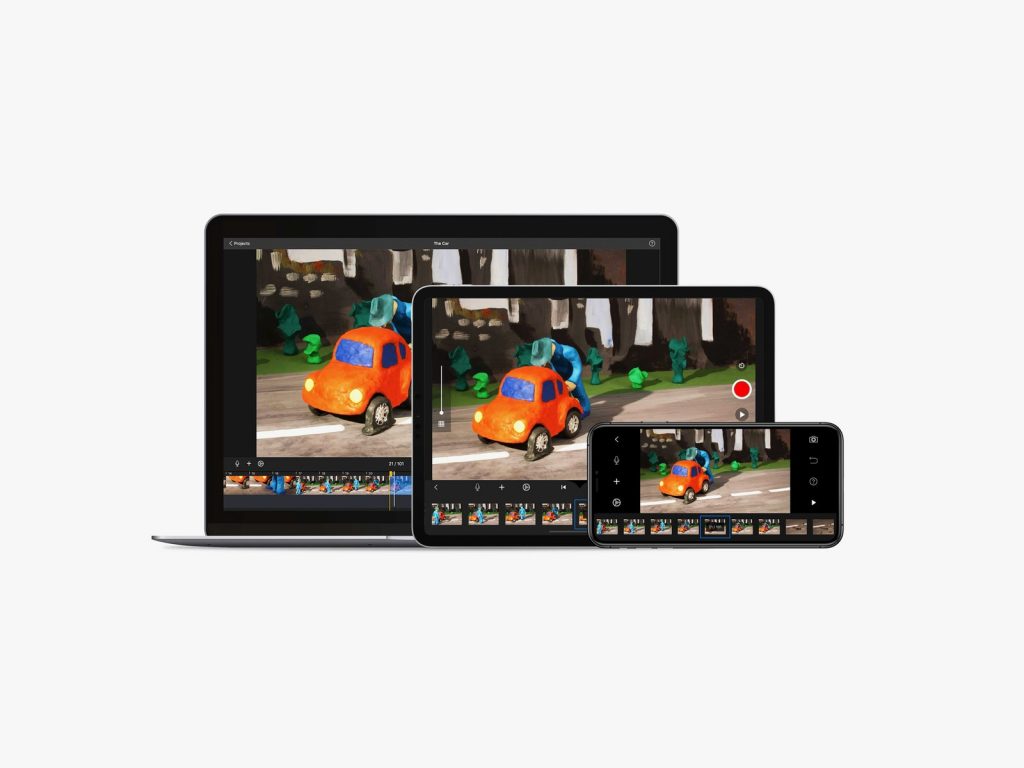Content and Language Integrated Learning (CLIL) is an approach or method which integrates the teaching of content from the curriculum with the teaching of a non-native language. For Puffer (2007), it refers to an educational setting where language other than the student’s mother tongue is used as a medium of instruction. It also covers a wide range of educational practices and settings whose common denominator is that a non-L1 is used in classes other than those labelled as ‘language classes’ (Snow et al., 1997). Although the term of CLIL was adopted recently in 1994, some authors even return to the history of the Akkadians around 5,000 years ago (Hanesová, 2015). To better understand today’s CLIL methodology, it is necessary to look at history for its roots and evolvement.
The History of CLIL
The acronym of CLIL was first used in 1994 at the University of Jyväskylä in Finland by David Marsh (Coyle et al., 2010), yet the concept was already being used. Approximately 5000 years ago, the defeat of Sumerians led Akkadians to learn the local Sumerian language for instruction. In the following times, history hosted multilingual societies living in the same territories. For those groups of people living in the same area and more developed regions, bilingualism or plurilingualism turned to be an advantage. People who want to learn a foreign language have to go to the country that the target language spoken or hire a teacher.

Using a foreign language for teaching content was popular as early as in Ancient Rome, where children were educated in Greek, which opened new possibilities for them (Coyle, Hood, Marsh, 2007). So, the tradition of bilingual education has a long history in countries with more than one official language, e.g. in Luxembourg taught German and French. Also, the importance of learning foreign languages in their real contexts and enriching the meaning with the content was highlighted by two pedagogues J. A. Comenius (1592–1670) and Matthias Bel (1684–1749).
In the mid-1960s, one of the first usages for L2 instruction in the French language took place in Canada and it was applied for a kindergarten by a group of people living in Quebec. The programme immersing students in a foreign language was derived and implemented in other schools. In successive decades, the phrase ‘immersion’ teaching was used to refer to bilingual education. Some teachers in the USA and England applied the integration of content and language in CBI and Bilingual Education Programmes.
That spread jumped into European language policy, and in 1978, European Commission (EC) focused on “encouraging teaching in schools through the medium of more than one language” (Marsh, 2002, p. 51). In 1983, European Parliament deployed EC to develop the programme for better foreign language teaching. The more schools started to teach some subjects in foreign languages, the more content was used in the means of foreign language teaching. CLIL suited EU multilingualism in terms of educational and political driver and the term CLIL was coined in 1994.
2005 was the year that Marsh attempted for CLIL as “a general ‘umbrella’ term to refer to diverse methodologies which lead to dual focussed education where attention is given to both topic and language of instruction” (Kovács, 2014, p. 48-49). In consecutive year’s Eurydice Report, there were 30 European countries experiencing CLIL while the year of 2016 numbers were 38.
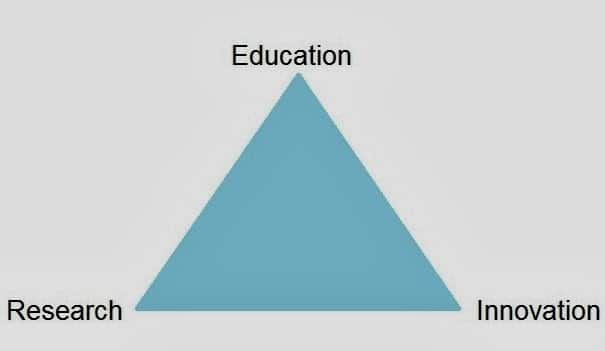
Coyle and associates (2010) rightly describe that CLIL is not merely a convenient response to the challenges posed by rapid globalization; rather, it is a solution that is timely, which is in harmony with broader social perspectives, and which has proved effective. With the Industrial Age, the power of global change accelerated the timing of that solution by the emerging technologies. The innovation of EURAB, 2007’s ‘Knowledge Triangle’ started to bring full-frame technology into the classrooms. Information and Communications Technologies on CLIL (ICT) differentiated the environment of bilingual education both from learner and teacher perspectives.
